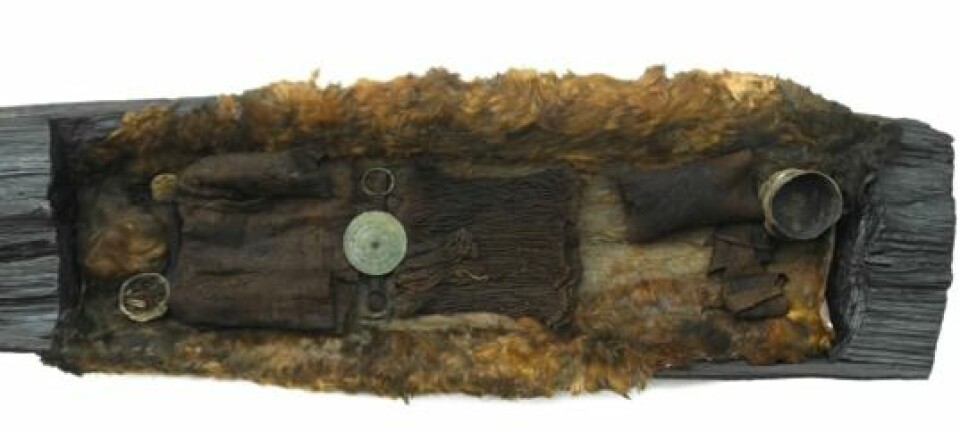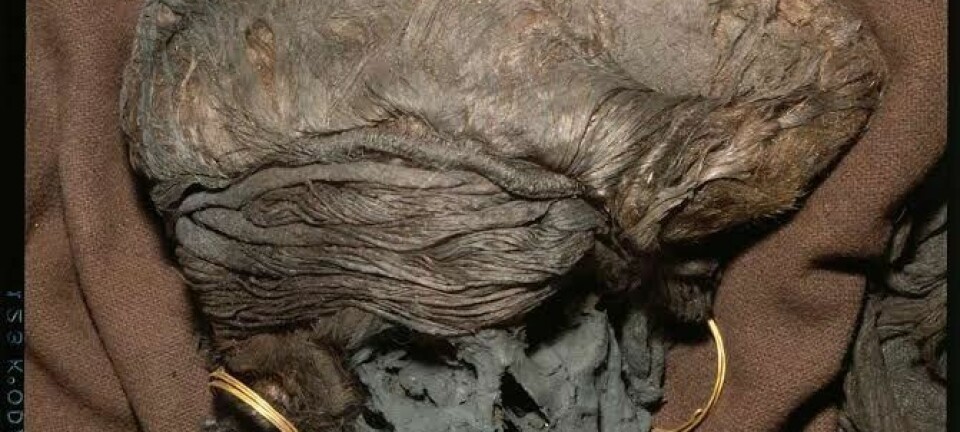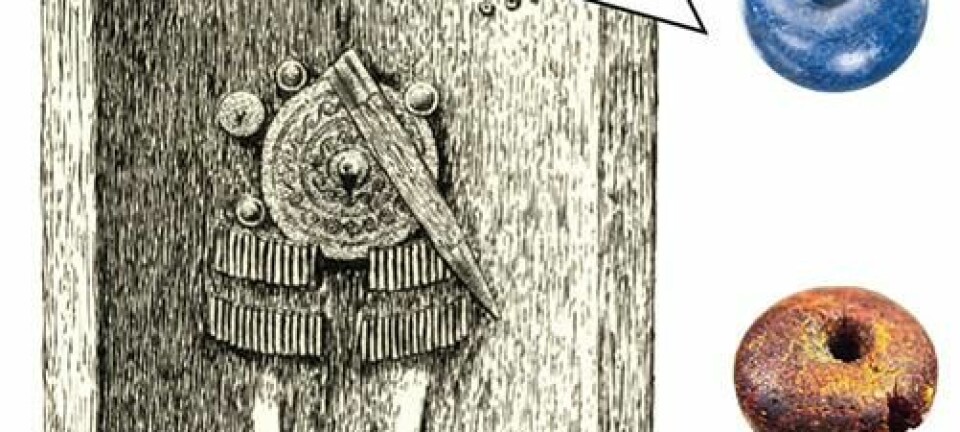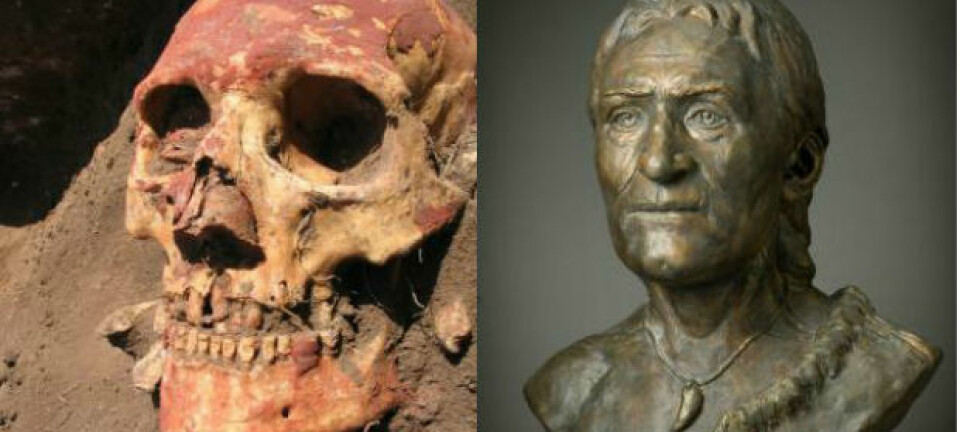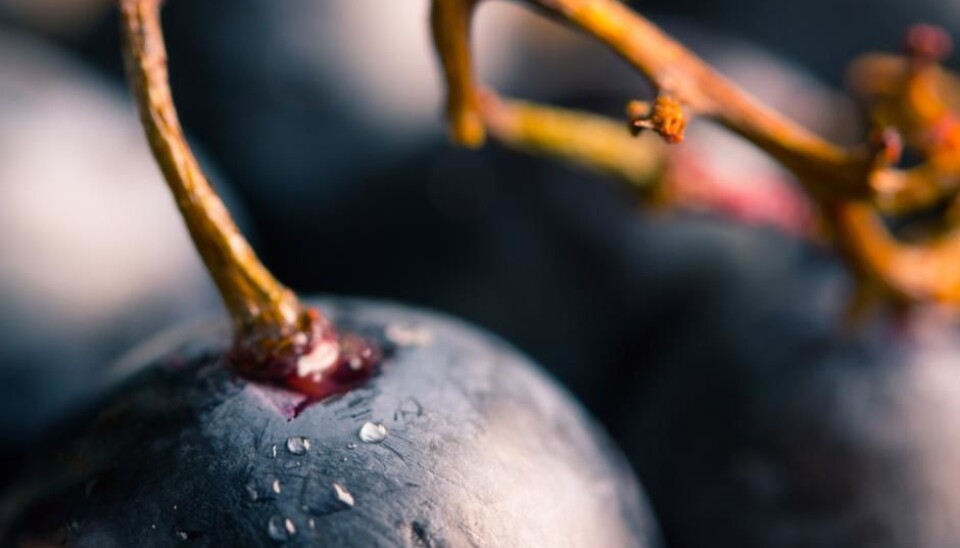
A Bronze Age grape shakes up history
A small grape seed has set a remarkable archaeological record and casts new light on Scandinavia’s contact with southern Europe during the Bronze Age.
Archaeologists have discovered the oldest grape in Denmark, near the town of Rødbyhavn on Lolland. It is broken and charred and shabby to look at, but dating reveals that it originates all the way back to the Bronze Age. And it is “completely amazing” according to one of the archaeologists who discovered it, archaeological botanist Peter Steen Henriksen, a curator at the National Museum of Denmark.
The new grape is up to 1,750 years older than the previous record holder: a grape discovered in a Viking settlement.
There are no records of vineyards in Denmark in the Bronze Age so the new discovery points towards contact with other people from wine growing regions.
“Not so long ago we were thunderstruck over having discovered the oldest grape seed from the Viking period. Now, we look at this one here. It really shakes up history and it’s very, very astonishing,” says Henriksen.
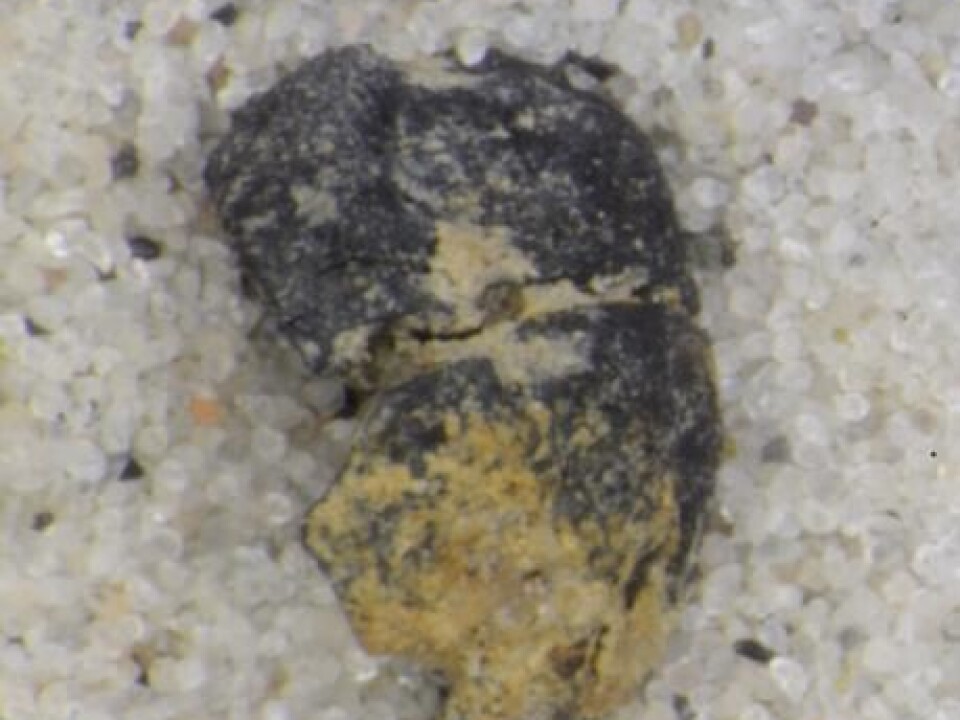
Read More: History rewritten: Europeans were “born” in the Bronze Age
Hard to believe
The little grape seed comes from Strandholm, an area east of Rødbyhavn, which is being excavated by Museum Lolland-Falster.
The seed was discovered in a soil sample from the sediment layers in a well. It was spotted by archaeological botanist and senior scientist Mette Marie Hald from the National Museum of Denmark as she analysed the samples.
Hald and Heriksen then alerted museum curator Bjørnar Måge from Museum Lolland-Falster.
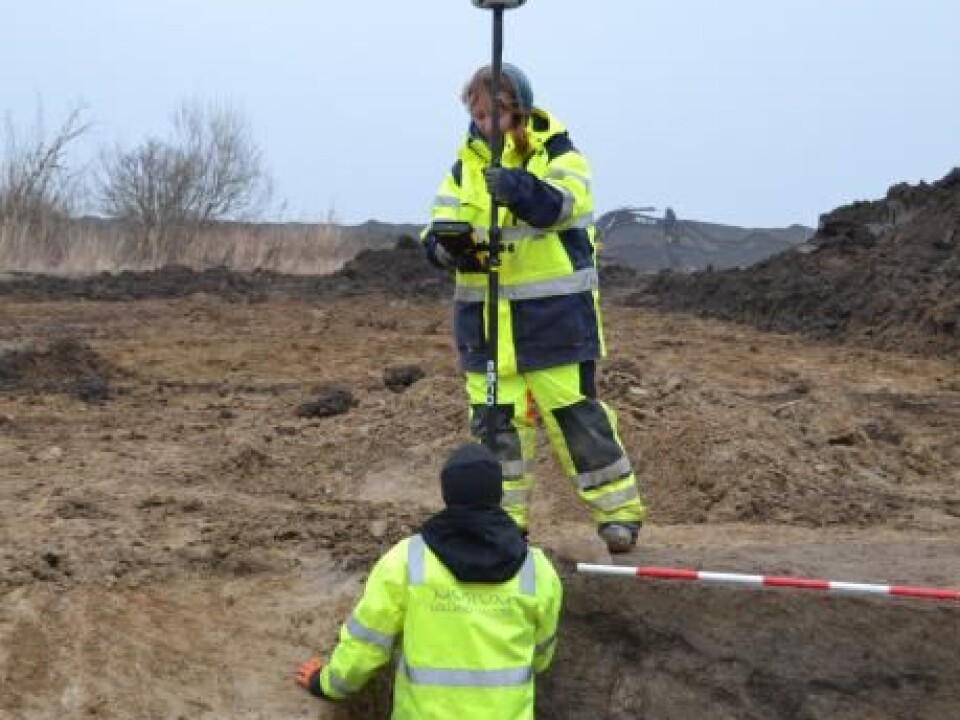
“When they wrote that they’d found a grape seed in the upper layers of the well, I first thought ‘OK, it must be some modern contamination.’ At first I actually said that I didn’t think it should be dated,” says Måge.
He reconsidered once he learned that it was an old type of seed. Soon after, Måge found himself holding Denmark’s oldest grape seed.
Read More: Burnt cheese casts light on 3,000 year-old family drama
Seed bears witness to contact from far away
The little seed tells a story about contact with people far beyond Denmark’s borders at an early stage of Scandinavian history.
“It writes into the historical context that supports what we’ve heard so much about recently. The discovery suggests that people moved around much more at this time than we previously thought,” says Måge.
Scientists have since discovered many traces of evidence that shows great mobility of both people and goods in the Bronze Age.
“The seed is a bycatch—a lucky find. We can’t say that this in itself indicates that grapes were commonly used on Lolland at this time. We can just say that it shows up and that it’s a reason for contact. The interesting aspect is not so much the seed itself, but when you start to place it in a context,” says Måge.
Read More: Nordic people drank wine 3,000 years ago
The area is rich with archaeological finds
Researchers still do not know much about the people who inhabited the southern tip of Denmark, but they know the area has been inhabited for thousands of years. Many archaeological discoveries—dating back to different time periods—have been made in the area throughout the years.
The seed is also found in an area where archaeologists have found a wealth of indicators of activity in the late Bronze Age (1100 to 800 BCE).
“In the same area we’ve discovered a megalithic tomb. It’s dated to between 3,300 and 3,000 years BCE, but 2,000 years later—late Bronze Age—there’s around 100 cooking stone pits [pits in the ground with a hot stone on which to cook food] arranged in circles around this tomb,” says Måge.
This suggests that the site was occasionally used to make food for large groups of people, he says.
“So you can imagine that it is connected with the grape seed discovery. We can at least say that there was lots of activity in the area,” she says.
----------------------
Read more in the Danish version of this story on Videnskab.dk
Translated by: Catherine Jex
